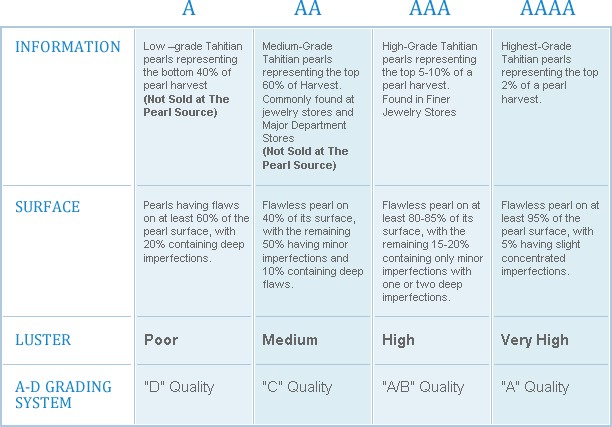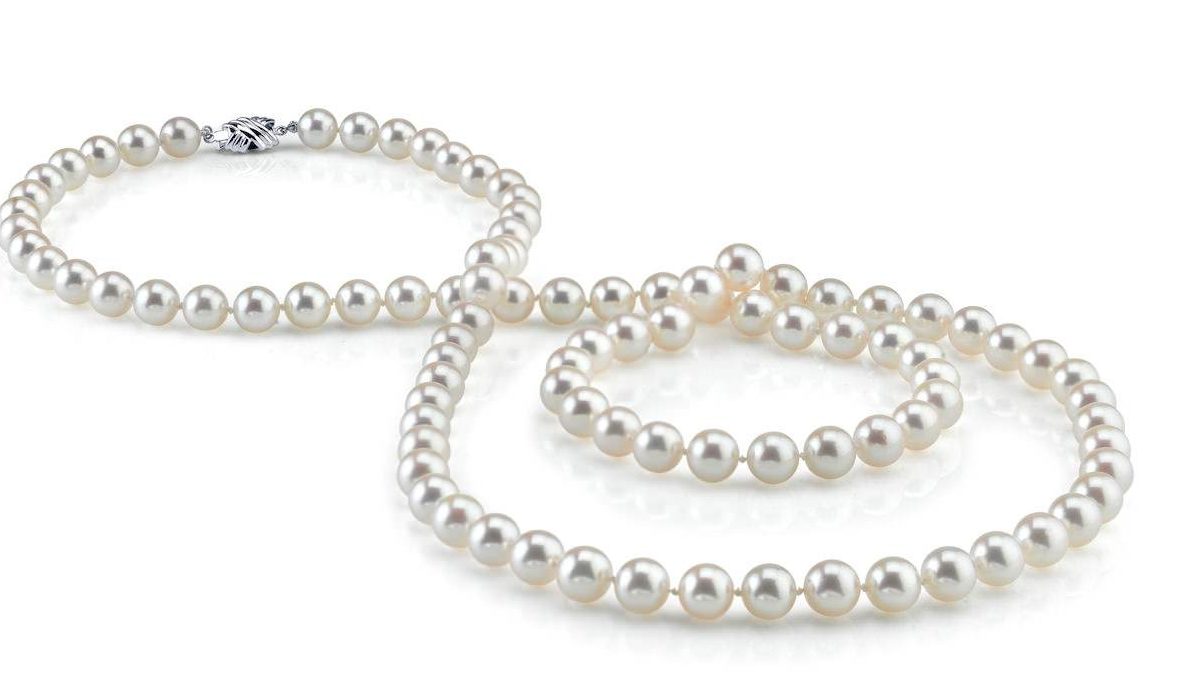The world of freshwater pearls is a captivating one, offering a diverse array of gems that are as unique as the mollusks from which they originate. When it comes to evaluating the value of freshwater pearls, understanding the specific characteristics and grading factors is paramount. In this comprehensive guide, we will explore the distinct attributes of freshwater pearls, the cultured freshwater pearls grading system, and the indicators that determine their value. From luster to size, shape to color, surface quality to nacre, we will unveil the fascinating world of freshwater pearl evaluation.
Freshwater pearls are known for their distinctive qualities, and understanding their distinctiveness is vital when evaluating their value. Each type of pearl has its own set of characteristics due to the conditions under which it forms. For instance, comparing an Akoya pearl to a South Sea pearl may not be entirely fair, as Akoya pearls are renowned for their exceptional luster, while South Sea pearls stand out for their larger size.

Cultured freshwater pearls are graded using a pearl grading system using the following categories:
To determine the value of cultured freshwater pearls, a systematic grading approach is used. This grading system encompasses several key categories that are assessed individually and in conjunction with one another. The specific factors considered in the grading process may vary based on the type of pearl being evaluated.
In the world of freshwater pearls, several critical indicators collectively determine their value. These indicators, which include luster, size, shape, color, surface quality, and nacre quality, work in harmony to provide a comprehensive assessment of each pearl’s worth.
Luster is the paramount factor in the evaluation of freshwater pearls. It refers to the pearl’s brilliance, shine, and overall beauty. The mesmerizing glow of a pearl, also known as its luster, is the primary element that is universally used to judge the quality of pearls.
EDITOR’S NOTES
While all pearls are judged on an individual basis, as mentioned earlier, Akoya pearls are often distinguished for their high luster quality. These pearls often feature a deep, vivid luster that is second-to-none. If the shine or glow of the pearl is the most important aspect for you, then Akoya pearls should definitely be at the top of your list. The Pearl Source is proud to offer a wide selection of exquisite Akoya pearl jewelry at prices you won’t find anywhere else!
Size matters when it comes to pearls, and larger pearls are generally more expensive. This is due to their lower survival rate within the oysters. Producing larger pearls requires that they remain inside the shells for more extended periods, leading to a decreased survival rate and market supply.
The shape of a pearl also plays a significant role in its value. Perfectly round pearls are the rarest and, consequently, the most valuable. In contrast, baroque pearls, with their irregular and asymmetrical shapes, are less valuable in terms of traditional grading but are highly sought after for their uniqueness in pearl jewelry.
Cultured freshwater pearls exhibit a vast spectrum of colors, ranging from pristine white to deep black, with many shades in between. Unblemished, pure white pearls are exceedingly rare and, therefore, hold the highest value. However, pearls come in various colors, each with its own unique charm and appeal.
Nature seldom strives for perfection, and its creations are inherently unique. As a result, flaws or imperfections are commonplace in real pearls. When evaluating the value of freshwater pearls, the number of blemishes on the outer surface of the gem plays a significant role. Fewer flaws equate to greater value, as they contribute to the overall beauty of the pearl.
Nacre, the lustrous substance that coats a pearl, plays a crucial role in determining its durability, color evenness, and luster. Akoya pearls are known for their thin nacre, while freshwater pearls boast a remarkably thick nacre. This thick nacre enhances their luster, making them highly valuable in the world of pearls.

Before embarking on your pearl shopping adventure, it’s essential to do some research and understand what you desire in a pearl. Whether you prioritize brilliance, size, durability, or flawlessness, knowing your preferences will guide you toward the best type of pearl for your needs. Freshwater cultured pearls are particularly renowned for their suitability in pearl necklaces and various fine pearl jewelry pieces.
Freshwater pearls are gems of remarkable beauty and value. Their diverse attributes, encompassing luster, size, shape, color, surface quality, and nacre quality, make each pearl a unique treasure. By understanding the key indicators of value, you can embark on a journey to discover and appreciate the allure of freshwater pearls in the world of jewelry and beyond.
Not necessarily. Freshwater pearls have their own unique charm and can be equally valuable, especially when they possess exceptional luster, size, shape, and color. The value of a pearl depends on a combination of factors, and both freshwater and saltwater pearls can be highly prized.
The factors you prioritize when choosing freshwater pearls for jewelry should align with your personal preferences. If you seek a brilliant and lustrous pearl, prioritize luster. For those who appreciate size, larger pearls may be the top choice. Shape, color, and surface quality should also be considered based on the style and look you desire in your pearl jewelry.
Caring for freshwater pearl jewelry involves keeping it away from harsh chemicals, perfumes, and cosmetics that can harm their luster and surface. After wearing, gently wipe the pearls with a soft, damp cloth to remove any residue. To prevent scratches, store them separately in a soft pouch or cloth. Periodic restringing of pearl necklaces is advisable to ensure their longevity and value.
Signup now and receive an email once I publish new content.